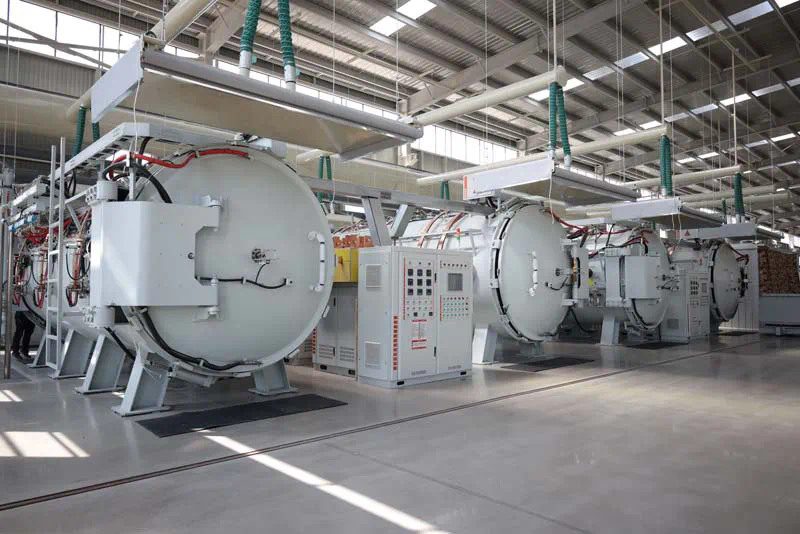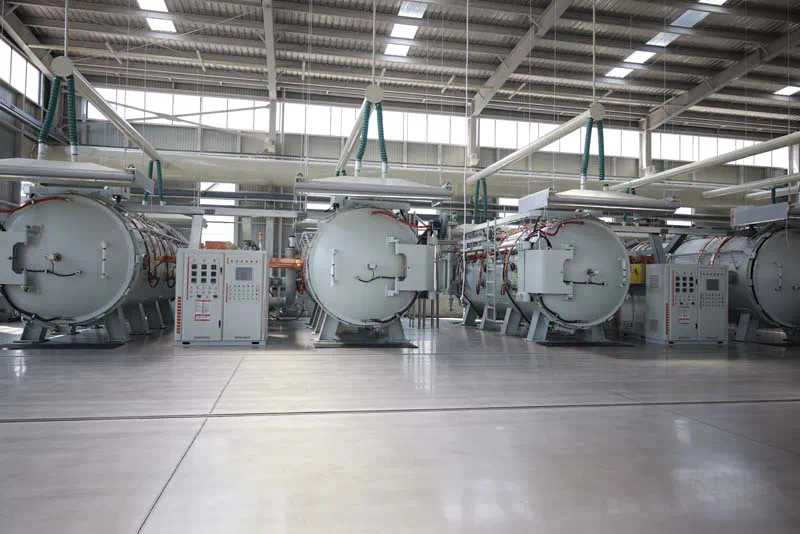Silicon carbide (SiC) chips are revolutionizing the electronics industry by providing a range of advantages over traditional silicon-based semiconductors. As technology advances and the demand for efficient, high-performance electronics continues to grow, SiC chips are poised to play a crucial role in shaping the future of various applications, including power electronics, electric vehicles, renewable energy systems, and more. This article will explore the properties, benefits, applications, and future prospects of silicon carbide chips, highlighting their significance in the modern technological landscape.
The unique properties of silicon carbide make it an ideal candidate for semiconductor applications. SiC is a wide bandgap semiconductor, meaning it can operate at higher voltages, temperatures, and frequencies than conventional silicon. The wide bandgap of around 3.26 eV allows SiC devices to function efficiently even in harsh environments, making them suitable for applications that require reliability and durability.

One of the most significant advantages of silicon carbide chips is their ability to manage heat. SiC has a high thermal conductivity, which enables efficient heat dissipation, reducing the risk of overheating in electronic devices. This property not only enhances the performance and lifespan of devices but also allows for more compact designs, as less space is required for cooling systems. As a result, manufacturers can create smaller, lighter, and more efficient products, making SiC an attractive option for various applications.
In the realm of power electronics, silicon carbide chips are transforming the way energy is converted and managed. Traditional silicon-based power devices often struggle with efficiency and thermal management, leading to energy losses and increased costs. SiC power devices, on the other hand, exhibit lower conduction losses and can switch at higher frequencies, significantly improving overall system efficiency. This efficiency is particularly beneficial in applications such as inverters for renewable energy sources, where maximizing the conversion of solar or wind energy into usable electricity is crucial.

Electric vehicles (EVs) are another area where silicon carbide chips are making a substantial impact. The automotive industry is increasingly adopting SiC technology to enhance the performance of EV powertrains. SiC chips enable faster charging, longer driving ranges, and improved overall efficiency. By reducing energy losses during power conversion, SiC devices contribute to the development of more sustainable transportation solutions. Major automotive manufacturers are already integrating silicon carbide technology into their EV models, signaling a shift towards more advanced and efficient vehicle systems.
Renewable energy systems, such as solar inverters and wind turbines, also benefit from the superior performance of silicon carbide chips. In solar power systems, SiC inverters can improve the efficiency of energy conversion, ensuring that more solar energy is harnessed and utilized. Similarly, in wind energy applications, SiC technology enhances the reliability and efficiency of power conversion systems, contributing to more effective energy generation. As the world transitions towards cleaner energy sources, the role of silicon carbide in these systems will continue to grow.
The aerospace and defense sectors are also recognizing the advantages of silicon carbide technology. SiC devices are capable of operating under extreme conditions, making them ideal for applications in space exploration, military systems, and other demanding environments. Their ability to withstand high temperatures and radiation levels ensures that critical systems remain operational in challenging situations. As these industries seek to push the boundaries of technology, silicon carbide chips are becoming an essential component of next-generation systems.
Despite the numerous benefits of silicon carbide technology, there are challenges that need to be addressed for its widespread adoption. One of the primary hurdles is the cost of SiC wafers, which tends to be higher than traditional silicon wafers. However, as manufacturing processes improve and economies of scale are achieved, the costs are expected to decrease, making SiC chips more accessible to a broader range of applications. Additionally, there is a need for further research and development to optimize SiC fabrication techniques and enhance device performance.
The future of silicon carbide technology is promising, with ongoing advancements expected to expand its applications further. Research initiatives are focused on improving the efficiency and performance of SiC devices, exploring new materials and structures that can enhance their capabilities. Moreover, as the global push for silicon carbide crucible energy efficiency and sustainability intensifies, the demand for SiC technology is likely to rise, driving innovation and investment in this field.
In conclusion, silicon carbide chips are shaping the future of electronics by offering unparalleled advantages over traditional silicon-based semiconductors. Their unique properties, including high thermal conductivity, wide bandgap, and enhanced efficiency, make them suitable for a wide range of applications, from power electronics to electric vehicles and renewable energy systems. As the industry continues to evolve and the demand for advanced technologies grows, silicon carbide will undoubtedly play a pivotal role in the next generation of electronic devices. With ongoing research and development, the potential of silicon carbide technology is vast, and its impact on the electronics industry is only just beginning to be realized. As we move forward, embracing the capabilities of silicon carbide will be essential for achieving the goals of efficiency, sustainability, and innovation in the ever-evolving world of electronics.
https://abcicon.com/
